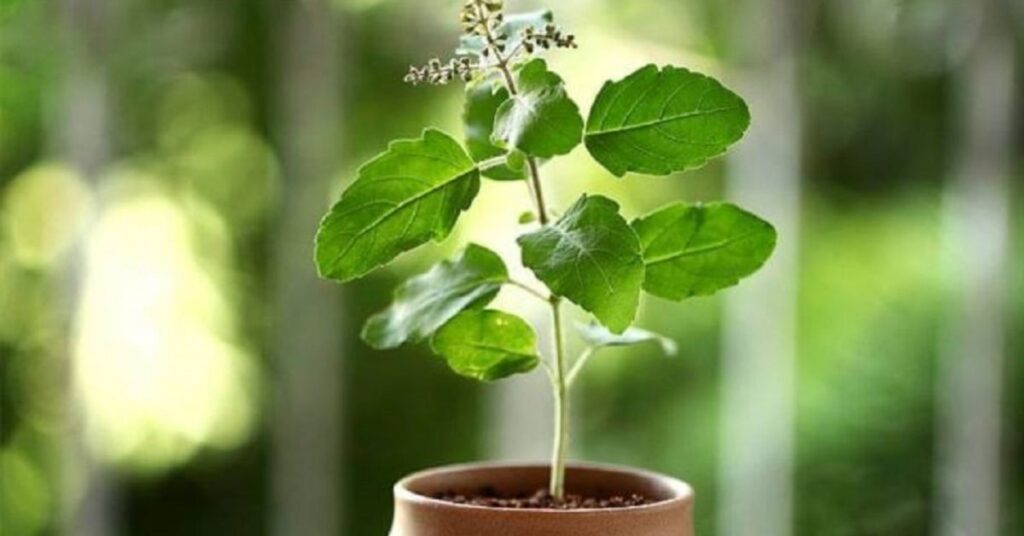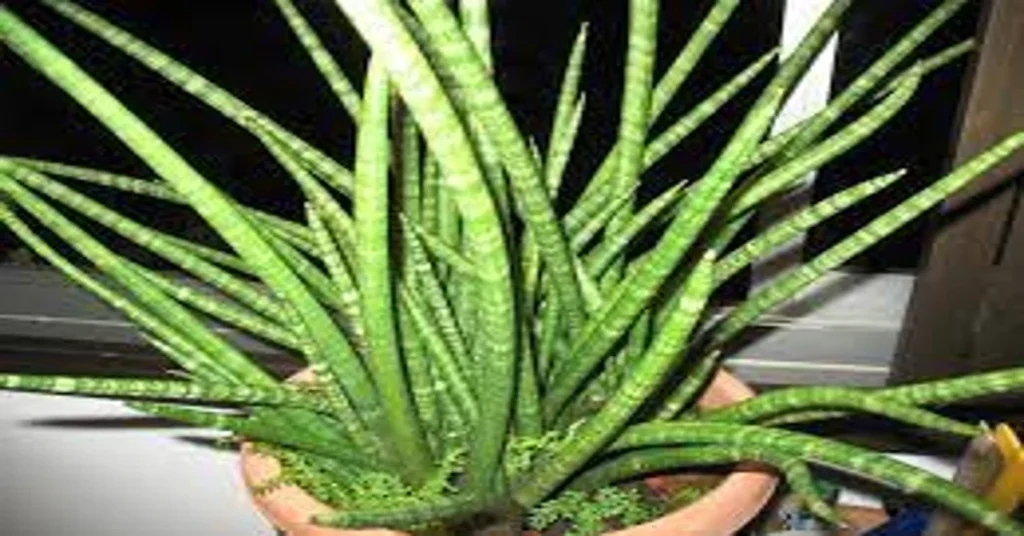
Introduction
In the realm of traditional medicine and culinary arts, few herbs can rival the versatility and health-promoting properties of Holy Basil, also known as Ocimum
sanctum or Tulsi. This sacred herb has been revered in various cultures for centuries, not just for its aromatic presence but also for its myriad of health
benefits. In this blog, we’ll delve into the fascinating world of Holy Basil, exploring its rich history, therapeutic uses, and how you can incorporate this botanical
treasure into your daily life
Cultivating Holy Basil at Home
Cultivating Holy Basil at Home – A Therapeutic Journey into Herbal Gardening :
In a world where the pace of life often seems to outrun our well-being, cultivating a connection with nature takes on profound importance. One simple
yet deeply rewarding way to achieve this is by bringing the sacred herb, Holy Basil, into your home garden. Cultivating Holy Basil at home not only adds a touch
of greenery but also opens a gateway to a world of therapeutic benefits.
Choosing the Right Variety :
The journey begins with choosing the right variety of Holy Basil that aligns with your preferences and objectives. Holy Basil comes in diverse types, each with its
unique flavor and medicinal properties. Rama, Krishna, and Vana Tulsi are some common varieties. Rama Tulsi, for instance, boasts a milder taste, making it ideal
for culinary applications, while Krishna Tulsi is known for its peppery notes. Vana Tulsi, on the other hand, is often cultivated for its aromatic leaves.
Planting and Care:
Once you’ve selected the variety that resonates with you, the next step is to plant and nurture your Holy Basil. This herb thrives in well-draining soil and flourishes
under ample sunlight. If you’re planting from seeds, sow them after the last frost, allowing the soil to warm up. If using seedlings, transplant them carefully,
ensuring adequate spacing. Holy Basil is a resilient herb, but it appreciates consistent watering. Keeping the soil moist but not waterlogged is key to its well-being. As the plant grows,
consider pruning to encouf your Holy Basil but also ensures a bountiful supply of fresh leaves for your userage bushier growth.
Harvesting and Drying:
Harvesting Holy Basil is a delightful task that brings you closer to the essence of this sacred herb. It’s advisable to harvest the leaves regularly, especially before the plant flowers, as this is when they are most flavorful. Use clean, sharp scissors to snip the leaves, and be mindful not to strip the plant entirely.To extend the lifespan of your Holy Basil and create a reserve for later use, drying the leaves is a simple yet effective method. Choose a shaded area or employ a dehydrator to preserve the leaves. Once dried, store them in an airtight container
away from direct sunlight. This way, you can enjoy the benefits of Holy Basil even during seasons when the plant is not actively growing.
Therapeutic Marvels of Holy Basi
Adaptogenic Properties: Holy Basil is classified as an adaptogen, a substance that helps the body adapt to stress and promotes balance. This adaptogenic nature is
believed to enhance resilience to various stressors, be they physical, chemical, or biological.
Immune System Booster : Rich in antioxidants and essential oils, Holy Basil is renowned for its immuneboosting properties. It helps the body fight off infections and illnesses while
providing overall support to the immune system.
Anti-Inflammatory Benefits :The presence of compounds like eugenol and rosmarinic acid grants Holy Basil potent anti-inflammatory properties. This makes it a valuable asset in managing
inflammatory conditions and promoting joint health.
Stress Reduction and Mental Well-being : Holy Basil has been traditionally used to alleviate stress and anxiety. Studies suggest that it may positively impact mental well-being by reducing cortisol levels and promoting a sense of calm.
Heart Health : Research indicates that Holy Basil may contribute to cardiovascular health by regulating blood pressure and cholesterol levels. Its ability to reduce oxidative
stress plays a role in maintaining a healthy heart.
Incorporating Holy Basil into Your Lifestyle
Culinary Delights :
Beyond its medicinal uses, Holy Basil adds a delightful flavor to a variety of dishes. From soups and stews to teas and salads, the aromatic and slightly peppery taste
of Holy Basil can elevate your culinary creations. Consider making a refreshing Tulsi-infused lemonade or adding freshly chopped leaves to your favorite pasta
dishes.
Tulsi Tea Rituals :
Enjoying Tulsi tea is a popular and accessible way to incorporate this herb into your daily routine. Steep fresh or dried leaves in hot water for a soothing and
healthful beverage. Tulsi teas are available in various blends, often combined with complementary herbs for added benefits.
Essential Oil Aromatherapy :
Holy Basil essential oil, extracted from the leaves and flowers, is renowned for its aromatic and therapeutic qualities. Diffusing Holy Basil oil can create a calming
atmosphere, promoting relaxation and mental clarity. Additionally, dilute the oil for topical application to experience its anti-inflammatory and stress-relieving
benefits.
Tinctures and Supplements:
For a more concentrated dose of Holy Basil’s benefits, consider incorporating tinctures or supplements into your routine. These are convenient options for
those seeking a standardized and controlled intake of this herbal powerhouse. Holy basil, (Ocimum tenuiflorum), flowering plant of the mint family (Lamiaceae)
grown for its aromatic leaves. Holy basil is native to the Indian subcontinent and grows throughout Southeast Asia. The plant is widely used in Ayurvedic and folk
medicine, often as an herbal tea for a variety of ailments, and is considered sacred in Hinduism. It is also used as a culinary herb with a pungent flavour that
intensifies with cooking. It is reminiscent of clove, Italian basil (Ocimum basilicum), and mint and has a peppery spiciness. It is considered an agricultural
weed and an invasive species in some areas outside its native range.
Conclusion :
Incorporating Holy Basil into your life can be a transformative journey, bridging the realms of ancient wisdom and modern well-being. Whether you savor its
culinary delights, enjoy a soothing cup of Tulsi tea, or cultivate this sacred herb in your own garden, Holy Basil offers a tapestry of benefits for your body, mind, and
spirit. Embrace the incomparable essence of Tulsi and embark on a holistic path to wellness.




